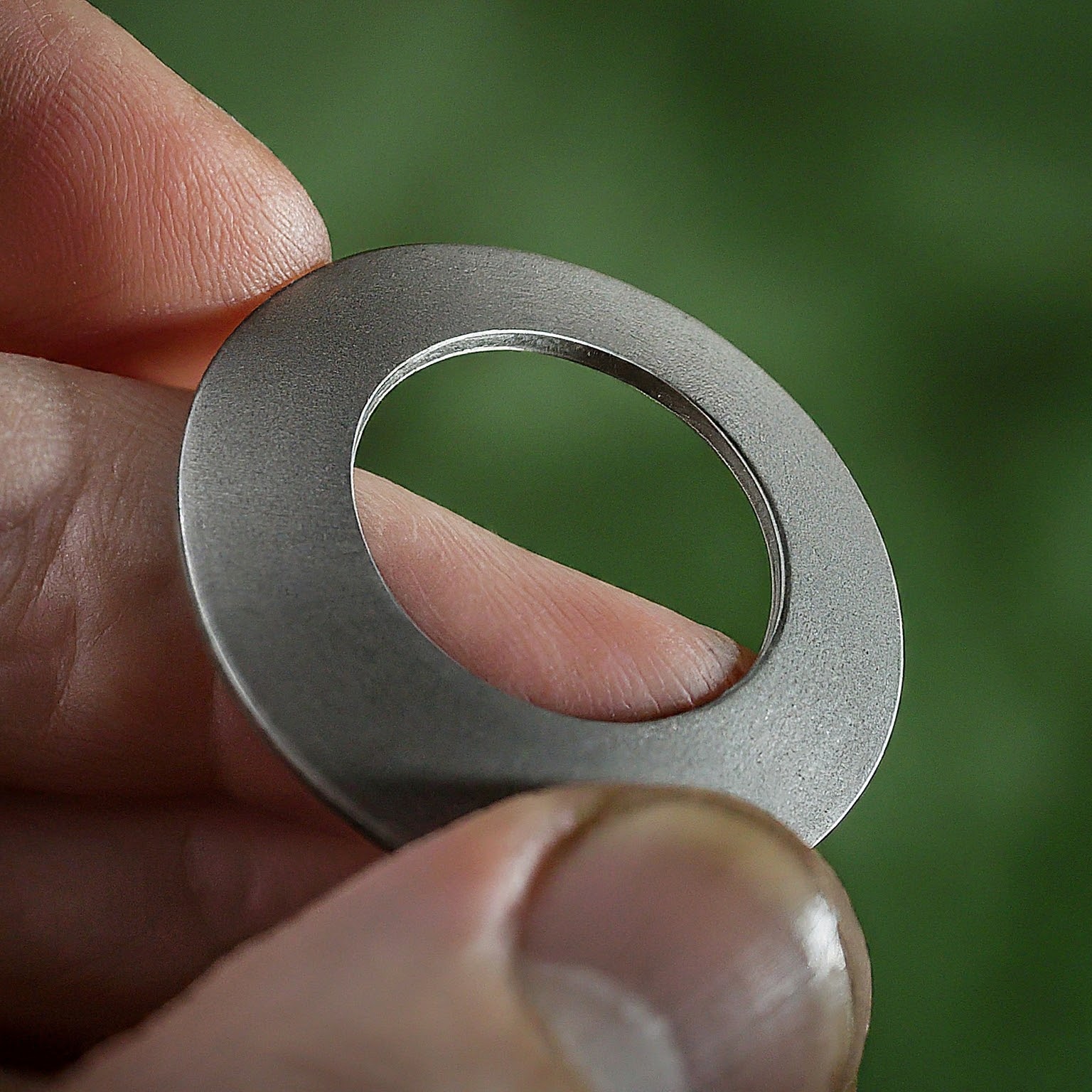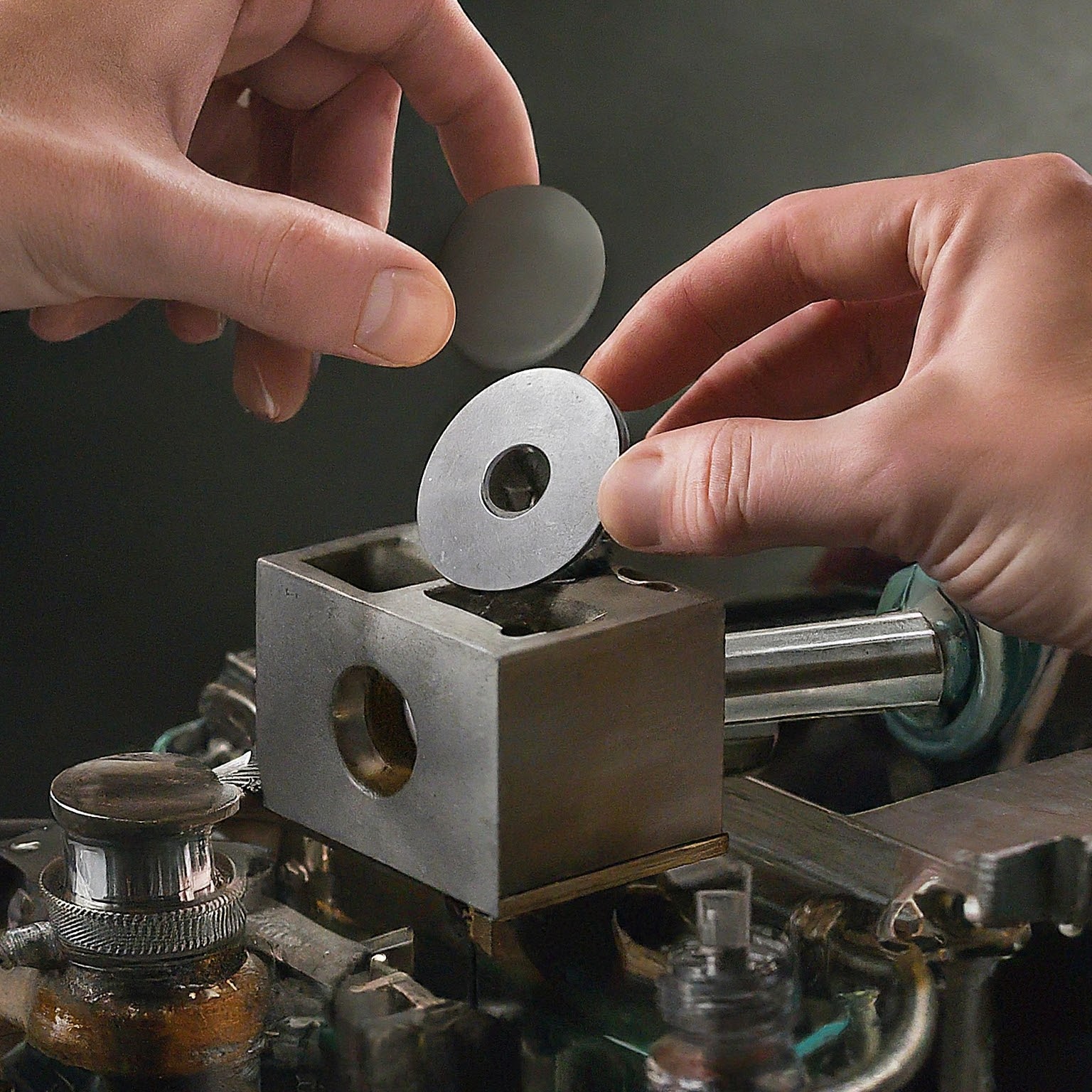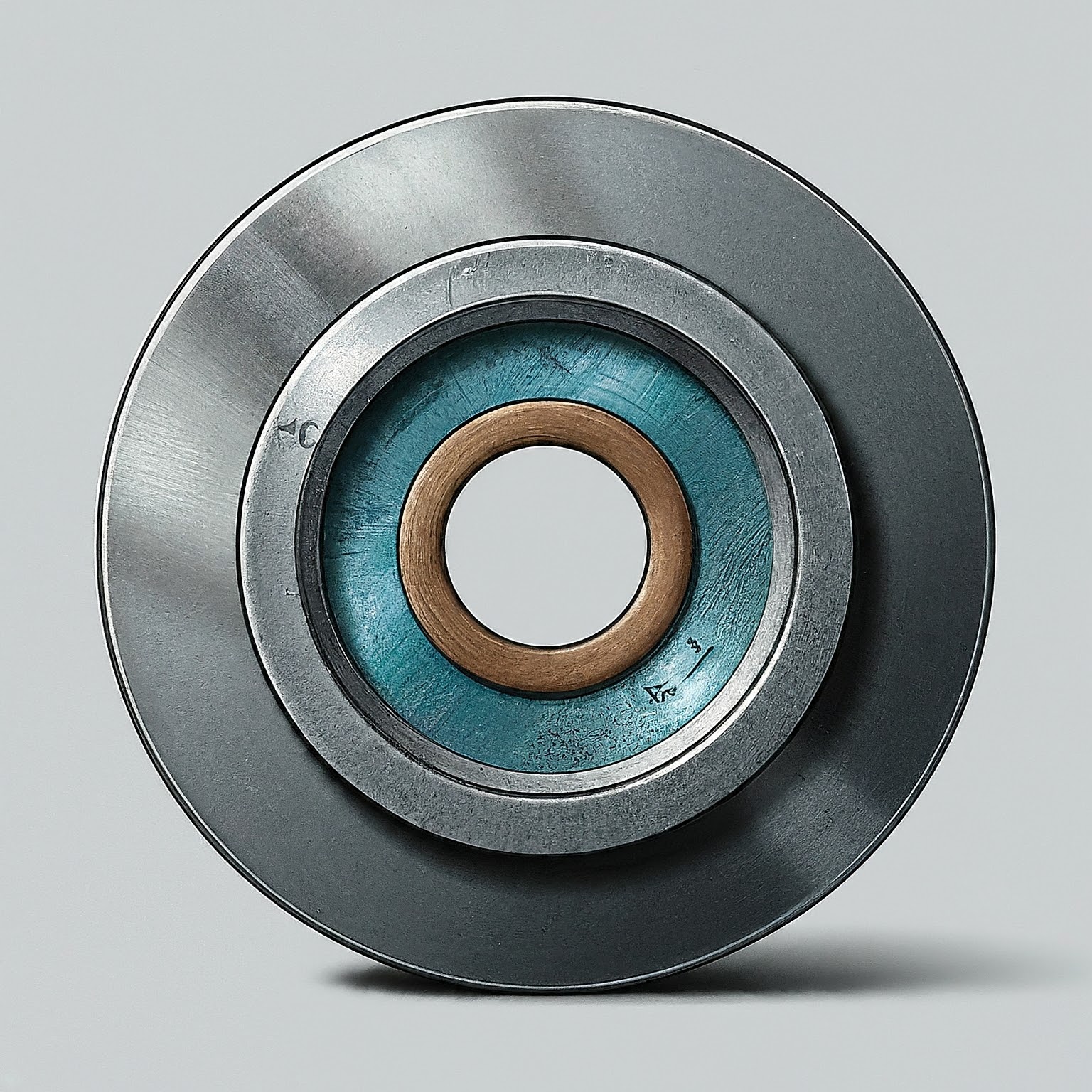Bimetallic Washers: The Ultimate Guide to Choosing the Right One

Bimetallic Washers offers a unique solution for applications where maintaining a tight seal across fluctuating temperatures is crucial. But with various types and factors to consider, selecting the right bimetallic washer can feel overwhelming. Don't worry, this guide is here to help!
We'll navigate the world of bimetallic washers, exploring key considerations, material options, and best practices to ensure you choose the perfect washer for your specific needs.
Table of Contents
-
What are Bimetallic Washers?
-
Why Use Bimetallic Washers?
-
Benefits of Bimetallic Washer
-
Bimetallic Washer Materials
-
Best Practices for Using Bimetallic Washers
-
Applications of Bimetallic Washers
-
Conclusion
What are Bimetallic Washers?
Bimetallic Washers are precisely crafted components made from two different metals bonded together. This unique construction exploits the varying thermal expansion rates of each metal. As temperatures rise, one metal expands at a faster rate than the other, causing the washer to bend. This bending creates a tighter seal against the surrounding components, compensating for thermal expansion and maintaining joint integrity.

Why Use Bimetallic Washers?
Reasons to consider Bimetallic Washers for your project:
- Superior Sealing Performance: The temperature-induced bending ensures a consistent and reliable seal, preventing leaks and maintaining joint integrity.
- Wide Temperature Range: Bimetallic washers can function effectively across a broad spectrum of temperatures, making them suitable for various applications.
- Durability and Reliability: These washers are built to last, offering excellent resistance to wear, corrosion, and fatigue.
- Reduced Maintenance Needs: Compared to traditional methods like gaskets, bimetallic washers require minimal maintenance due to their self-adjusting nature.
- Space-Saving Design: Their compact size makes them ideal for applications with limited space constraints.
Benefits of Bimetallic Washer
Now that you understand the benefits of Bimetallic Washers, let's delve into the crucial factors to consider when selecting the perfect one for your project:
- Temperature Range: The most critical factor! Identify the minimum and maximum operating temperatures your washer will encounter. Choose a washer with a suitable temperature range that overlaps your application's needs.
- Material Selection: Different metal combinations offer distinct properties. Common options include brass-steel, copper-steel, and Invar-steel.
- Size and Thickness: Ensure the washer's dimensions (inner diameter, outer diameter, and thickness) are compatible with your fastener and provide adequate load distribution.
- Load Capacity: Consider the pressure and weight the washer will bear. Choose a washer with a load capacity exceeding the expected load for optimal performance.
- Application Environment: Think about the surrounding environment. If it involves exposure to harsh chemicals, moisture, or extreme temperatures, factor in material corrosion resistance.

Bimetallic Washer Materials
The specific metals used in a bimetallic washer significantly impact its performance. Here's a breakdown of some common material combinations:
- Brass-Steel: This is a widely used and cost-effective option. Brass offers good thermal expansion characteristics, while ss shim provides strength and durability. However, brass Shims can be susceptible to corrosion in harsh environments.
- Copper-Steel: Copper boasts excellent thermal conductivity, making this combination ideal for applications involving rapid temperature fluctuations. However, copper can be softer than brass and may require careful handling.
- Invar-Steel: Invar, a nickel-iron alloy, possesses a very low thermal expansion coefficient. This makes Invar-steel washers perfect for high-precision applications where minimal dimensional change is crucial. However, they are typically the most expensive option.
Benefits of Consulting a Bimetallic Washer Supplier
When navigating the selection process, don't hesitate to consult with a knowledgeable Bimetallic Washers supplier. They can provide valuable insights based on your application details and recommend the most suitable washer for optimal performance.
Best Practices for Using Bimetallic Washers
Once you've chosen the ideal bimetallic washer for your project, here are some best practices to ensure optimal performance and longevity:
- Proper Installation: Follow the manufacturer's recommended installation instructions carefully. This includes ensuring proper washer orientation and applying the appropriate torque on the fastener.
- Surface Preparation: For optimal seal performance, ensure the mating surfaces of the washer and surrounding components are clean, free of debris, and smooth.
- Environmental Considerations: If your application involves exposure to harsh chemicals or extreme temperatures, consider the washer's material compatibility and potential corrosion resistance.
- Regular Inspection: Periodically inspect the washer for signs of wear, damage, or corrosion. Replace the washer if any issues are detected to maintain sealing integrity.
- Storage: Store unused bimetallic washers in a cool, dry place away from direct sunlight and extreme temperatures to prevent warping or degradation.

Applications of Bimetallic Washers
The versatility of Bimetallic Washers makes them valuable components across various industries. Here are some common applications:
- Electronics: Bimetallic washers are used in electronic devices to maintain tight connections between components and heat sinks despite thermal variations.
- Automotive Industry: They ensure consistent sealing in engines, transmissions, and exhaust systems, compensating for thermal expansion and preventing leaks.
- Aerospace Engineering: Bimetallic washers play a crucial role in aircraft engines and other critical components, maintaining precise tolerances and preventing performance issues during extreme temperature fluctuations.
- Construction: They can be used in building joints, especially those exposed to temperature variations, to ensure a weather-tight seal and prevent structural integrity issues.
- Plumbing and HVAC Systems: Bimetallic washers are found in valves, pumps, and other components within these systems, ensuring proper sealing and preventing leaks across varying temperature ranges.
This list is not exhaustive, and bimetallic washers can be found in numerous other applications where maintaining a reliable seal across fluctuating temperatures is critical.
Conclusion
By understanding their properties, selecting the right material combination, and following best practices, Bimetallic Washers can become a valuable asset in your project. Their ability to compensate for thermal expansion and maintain consistent sealing makes them a reliable solution for various applications across diverse industries. So, the next time your project demands a dependable seal under varying temperatures, consider the unique advantages of bimetallic washers.
Author
Meet Seema, our expert author in industrial materials with a deep understanding of shim . With years of experience, Seema brings valuable insights and expertise to this guide, making him a trusted source for all things related to brass shim sheets. Join us as we delve into the art of crafting brass shim sheets with Seema leading the way.
List Other similar blogs







